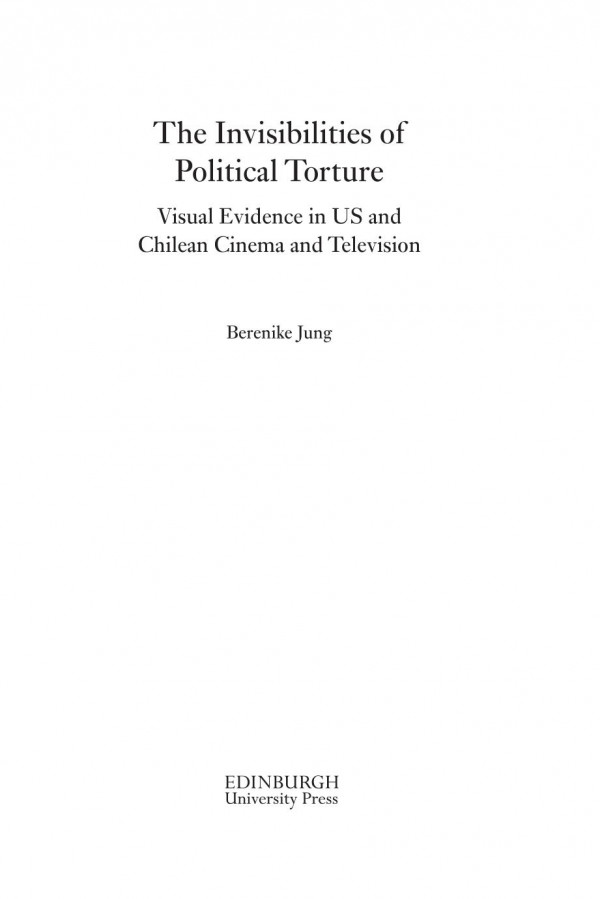

Most ebook files are in PDF format, so you can easily read them using various software such as Foxit Reader or directly on the Google Chrome browser.
Some ebook files are released by publishers in other formats such as .awz, .mobi, .epub, .fb2, etc. You may need to install specific software to read these formats on mobile/PC, such as Calibre.
Please read the tutorial at this link: https://ebookbell.com/faq
We offer FREE conversion to the popular formats you request; however, this may take some time. Therefore, right after payment, please email us, and we will try to provide the service as quickly as possible.
For some exceptional file formats or broken links (if any), please refrain from opening any disputes. Instead, email us first, and we will try to assist within a maximum of 6 hours.
EbookBell Team

4.3
78 reviewsAcademic work on the subject of torture tends to mirror public debates on its presumed utility, to focus on its historically ‘correct’ representation or on profilmic structures of identification. This book moves beyond these ideologically charged questions to explore how contemporary films have responded to a growing popular distrust in visual evidence when referencing factual cases of torture.
Two cases studies – the United States around 2004 and Chile from 1973 until the end of the dictatorship – provide either an abundance or lack of such visual evidence. Drawing on films and television series such as Zero Dark Thirty (2012), NO (2012), Homeland (2011–) and Los 80 (2008–14), amongst many others, this book analyses the visible components of torture but also its invisibilities.
By casting a wider net on the definition of torture, the author promotes a radical, theoretical reframing of our concept of torture and suggests that audiovisual products can help broaden our comprehension of torture as an event which includes collective and emotional dimensions and long-term social effects.